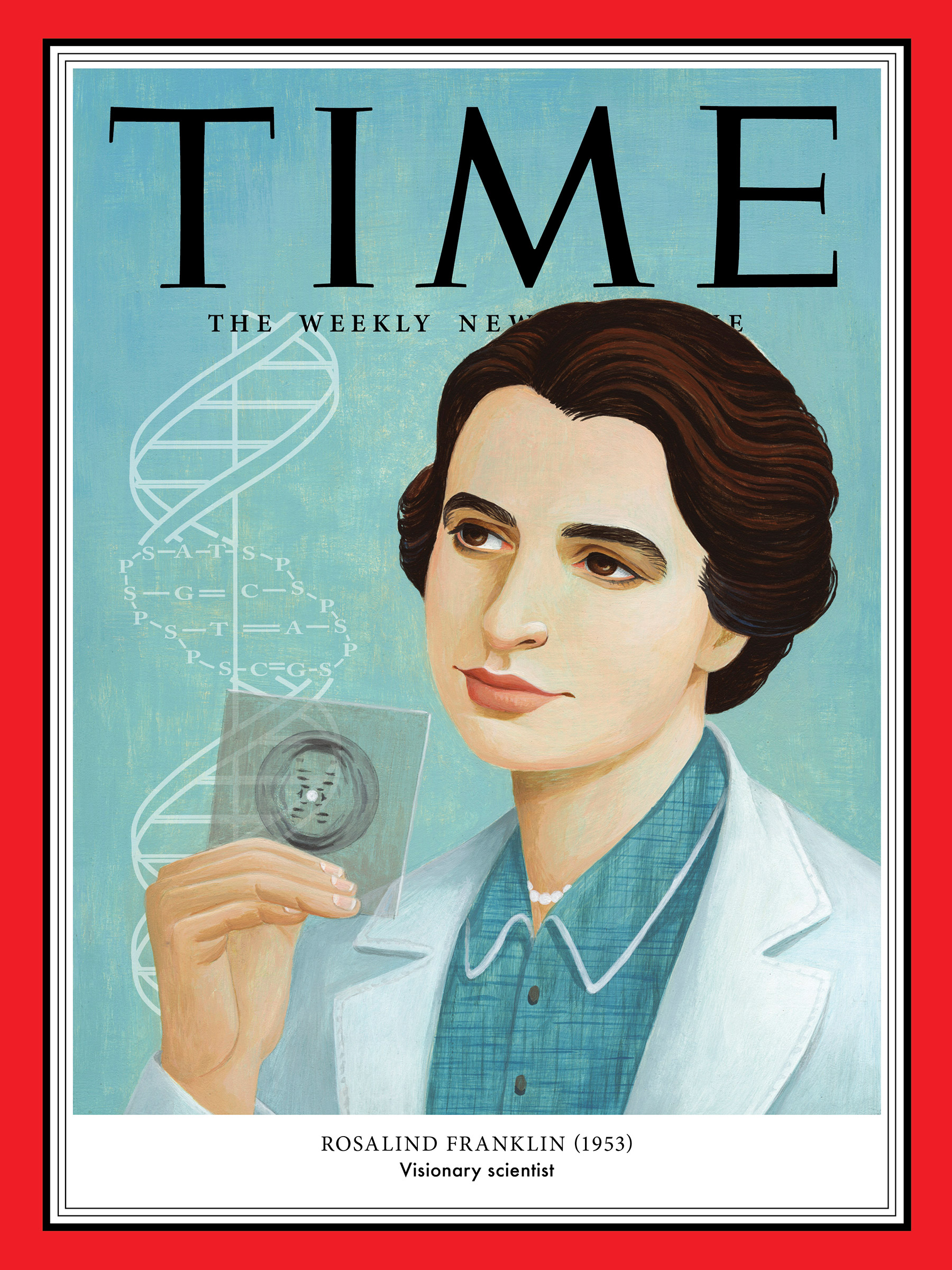Without Rosalind Franklin, there may have been no James Watson and Francis Crick—or, more specifically, no global fame and Nobel prize. Trained as a chemist, Franklin created an X-ray photograph that provided evidence of the double-helix structure of DNA molecules. In 1953, Watson, who had been investigating the structure of DNA as well, was shown the image and immediately knew its significance. “The instant I saw the picture my mouth fell open and my pulse began to race,” he wrote in his 1968 book, The Double Helix. “The black cross of reflections which dominated the picture could only arise from a helical structure.”
The image was not proof, but critical evidence, as was the data Franklin had derived when she analyzed the image. Watson, Crick and their colleague Maurice Wilkins came by the image and data legitimately in the course of their work, and no one ever seriously alleged intellectual theft. But no one pretends either that they could have achieved their later breakthrough, proving the double-helical structure of DNA, without Franklin’s work. Yet when Watson and Crick published their findings in 1953, and when they and Wilkins won the Nobel Prize for the same findings in 1962, Franklin was forgotten.
In 1958, at age 37, Franklin died of cancer. Only now is she being appreciated. In my cancer advocacy work, I’ve met female scientists who are welcomed and respected by their male colleagues. I’m sorry Rosalind Franklin wasn’t. But from now on, whenever you hear the names of the two men who discovered DNA, make it a troika: Franklin, Watson and Crick—in that order. —Katie Couric
Couric is a journalist
This article is part of 100 Women of the Year, TIME’s list of the most influential women of the past century. Read more about the project, explore the 100 covers and sign up for our Inside TIME newsletter for more.
